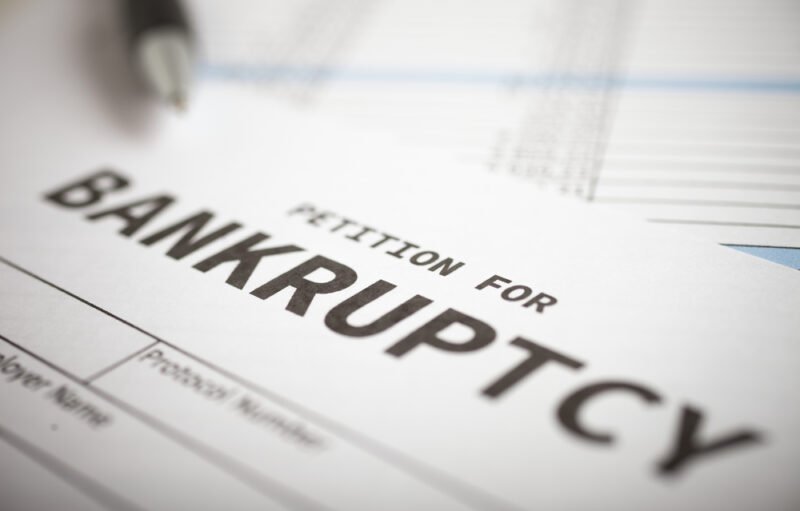Bankruptcy filings in March 2022 totaled 414, 14 or 3.5% more than in March 2021. When compared to February 2022 total bankruptcy filings increased by 119 or 40.3%. It’s worth noting that March 2020 reported the highest amount of bankruptcy filings since December 2020 when filings peaked at 453. Out of the 414 bankruptcies reported in March 2022, a 18 of them where commercial bankruptcies. A breakdown of commercial bankruptcies by chapter is presented on a table at the end of this analysis.
The year-over-year increase in bankruptcy filings was mainly driven by an increase in chapter 13 filings of 16 cases or 6.8%. Generally, Chapter 13 is available to debtors with unsecured debt of less than $394,725; and whose insured debts do not exceed $ 1,184,200 (Amounts are adjusted systematically to reflect changes in inflation). Final eligibility is determined on a case-by-case basis based on many factors and legal requirements. (uscourts.gov). Chapter 13 filings in March 2022 reached a total of 251, an increase of 66 filings or 35.7%.
Chapter 7 is available to debtors with low income or below the corresponding “median income” or who succeed in passing what is known as a means test. Commonly the person has few or enough assets for basic needs (clothing, furniture, etc.) (uscourts.gov). March saw a total of 159 filings, a decrease of 2 or 1.2% when compared to March 2021. When compared to February 2022, chapter 7 filings increased by 54 or 51.4%.
Chapter 11 of the Federal Bankruptcy Code is primarily for businesses (small and large) such as Corporations and Partnerships. It can also be used by individuals with high amounts of debt and assets who don’t qualify under Chapter 13 Bankruptcy. Another key difference is that contrary to a chapter 7 bankruptcy, a chapter 11 allows a company to remain in business (uscourts.gov). March saw a total of 2 chapter 11 filings, a decrease of 2 or 50% when compared to March 2021. When compared to February 2022 chapter 11 filings decreased by 3 or 60%.
Finally, chapter 12 bankruptcies are aimed towards family farmers and family fishermen to enable them to carry out a plan to repay their debts. (uscourts.gov). March saw a total of 2 chapter 12 bankruptcies, when compared to March 2021 and February 2022 chapter 12 filings increased by 2, as there were no chapter 12 filings reported in either month.
Even though bankruptcies reached their highest point in the past 15 months, there were less filings during the first quarter of 2022 than during the first quarter of 2021. When compared to 2021 filings in Q1 2022 decreased by 95 or 9%. Additionally, bankruptcies have been particularly low after the pandemic, this could reflect all the federal aid distributed to keep business afloat during that time. As a matter of fact, despite the year-over-year increase in bankruptcies, filings have not reached pre-pandemic levels and at the time of writing this report, filings are lower than in 2021.









